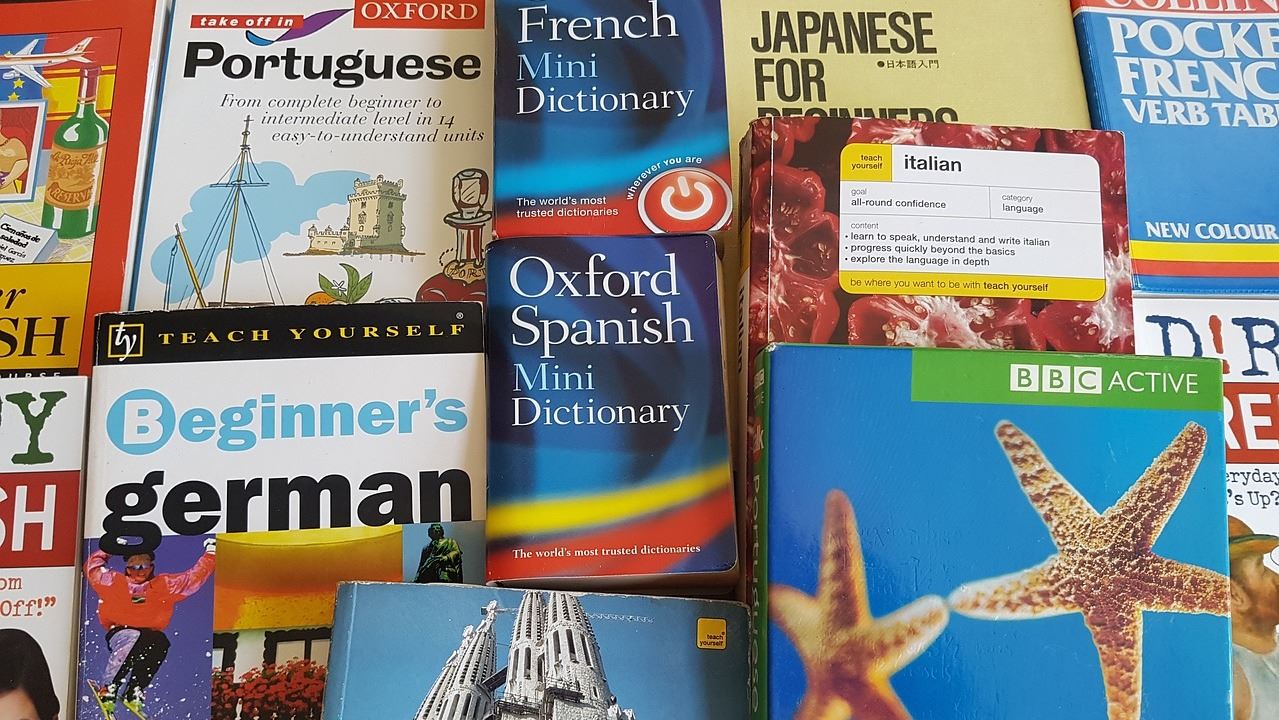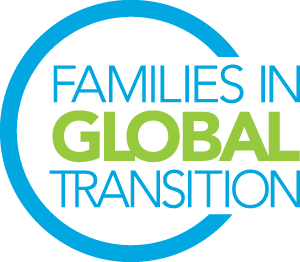It’s a common misconception that children will simply pick up languages if they’re exposed to them. Author Virginie Raguenaud shares 10 recommendations from childhood bilingualism experts and parents to help families raising bilingual children.

By Virginie Raguenaud
Raising a bilingual child—either from birth or after a relocation—is a necessity for many of us with mobile lifestyles. We want to keep family ties intact and share our cultural selves with our children.
However, it’s a common misconception that children will simply pick up languages if they’re exposed to them. It takes commitment and creativity at home and in our communities for children to learn and, more importantly, maintain two or more languages.
To help us, here’s a list of 10 recommendations from childhood bilingualism experts and parents who have successfully raised bilingual children.
(1) Make our family’s languages relevant to our daily lives.
The first thing we need to do is to keep speaking our native language daily. “The undeniable need to communicate is sufficient motivation to make a child speak one or more languages, but it is also absolutely indispensable,” writes Traute Taschner, the author of The Sun is Feminine. It’s important for us to use our native language not just during cuddle moments or during scolding sessions, but during fun and varied activities and outings to broaden our children’s vocabulary.
(2) Be consistent with language choice.
As Professor Fred Genesee points out, “Young children often react badly to inconsistent or irregular exposure to language; they like consistency. Thus, if parents decide to raise their child bilingual, they should do so only if they can provide continuous and extended exposure to both languages…Children need long term exposure to language if they are to develop full competence.”
(3) Expose children to a variety of activities in their native language.
In Bilingual by Choice, I've included a list of 100 activities to do at home and in the community to practice language skills. The idea is to give children opportunities to hear and interact in the native language to build up their confidence and self-esteem, and develop a rich vocabulary.
(4) Help children find peers who speak the same language.
Their native language has to be socially relevant for them to keep speaking it. For some families it can mean inviting a close cousin or friend from back home to stay with you during the summer months. Personal relationships provide a way for children to maintain and progress in their native language, but also bring a sense of pride in their cultural background.
(5) Give children access to books in their native language.
As Professor Ellen Bialystok writes, "There's a lot of worry out there about other languages conflicting with a child's ability to learn to read in English, but that's absolutely not the case—Parents should not hesitate to share their native language with their children—it's a gift."
(6) Provide a form of bilingual education to stay bilingual.
According to Professor Colin Baker, “Bilingual children must be biliterate for their languages to have value, uses, and prospects… Biliteracy aids chances of employment, achievement, and enculturation.”
(7) Elevate the status of our native languages.
One bilingual parent and California resident Rey M. Rodriguez writes, “I want my children to be proud of who they are, and to help them, I need a community that signals that Spanish is important in their lives. It amazes me that a two-year old boy can already grasp that English is the dominant language and that Spanish is secondary and less valued.”
There are more than 60,000,000 of us in the U.S. who speak another language than English at home, so I believe there is strength in numbers.
(8) Build a strong support network because we can’t do it alone.
It's important to lean on friends and family, teachers and community leaders who can remind children that bilingualism opens doors. As Professor François Grosjean writes, “Children do not acquire (or only partly acquire) the minority language if there isn’t community or educational support, or other motivational factors that make using the language a natural thing.”
(9) Promote and reinforce our cultural values with our children.
Research shows that children have a better chance of growing up bilingual if they have a strong sense of ethnic pride. It’s important for children to be aware of their heritage and active in the traditions of their cultures.
And last, but not least,
(10) Help our children successfully integrate their cultural identities.
As most of you know, the identity development of a soon-to-be bilingual and bicultural child is a complex issue. According to Dugan Romano, the author of Intercultural Marriage, "The secret—to raising bicultural children—appears to lie in the parents' ability to encourage open discussion of the children's mixed heritage, as well as the opportunity given the children to develop positive relationships with both cultural or racial groups."

 Virginie Raguenaud is the author of Bilingual By Choice: Raising Kids in Two (or More!) Languages, published by Intercultural Press. Virginie recently completed her master’s degree in intercultural relations, with a focus on second language acquisition and the identity development of multicultural children. She is raising her ten-year-old twin daughters in French and English.
Virginie Raguenaud is the author of Bilingual By Choice: Raising Kids in Two (or More!) Languages, published by Intercultural Press. Virginie recently completed her master’s degree in intercultural relations, with a focus on second language acquisition and the identity development of multicultural children. She is raising her ten-year-old twin daughters in French and English.

